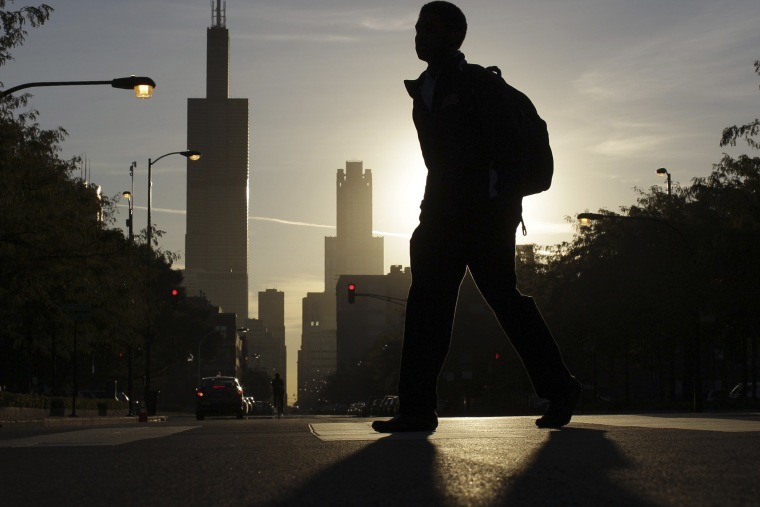May 17 marks the 60th anniversary of the Supreme Court’s decision in Brown v. Board of Education, the constitutional moment that compelled our country to reckon with its history and confront the unfulfilled promise of equality first articulated in our founding documents.
Brown literally changed America. It was a mid-20th century course correction that ushered in a modern America that must grapple honestly with the promise of equality and opportunity for all its citizens.
At its core, Brown marks the beginning of the end of legal apartheid in this country. This would be enough to celebrate. But Brown is also a powerful example of how change can happen and the important role that law plays in shaping the very character of our country.
Sherilynn Ifil will be answering questions from the msnbc community. Leave yours here.
Within 15 years of the Court’s decision in Brown, segregation had been declared illegal in almost every aspect of American life, from the school house to swimming pools, golf courses to public transportation and housing. These changes were not brought about by lawyers alone. The broad civil rights movement that began the year after Brown reflected a powerful demand for full citizenship for blacks throughout the South. But Brown also deployed our nation’s most coveted assets -- our Constitution and the rule of law -- to articulate and enforce the principle of equality.
"At its core, civil rights work is the work of democracy maintenance."'
Of course, Brown was no magic bullet for the problems of race and inequality that have plagued our nation since its beginning. We proudly celebrate Brown even as we recognize the ongoing, difficult challenges we face today not only in education, but in criminal justice, in economic opportunity and at the ballot box.
The ongoing challenge to the free and unfettered right to vote is perhaps the most glaring example of the need for strong civil rights advocacy and litigation. At its core, civil rights work is the work of democracy maintenance. As citizens of this country, it is work in which we all have a part to play and which will continue so long as opportunity and justice remain elusive for any segment of our society.
Without question, we are still in the fight. All over this country, the NAACP Legal Defense Fund (LDF) continues to fight for quality education for the most marginalized children. We fight against school discipline policies that push out children as young as age 4. We advocate for school funding, new facilities and certified teachers for all school children. We stand by our decades-long commitment to quality public education as the conduit to opportunity, and to ensuring access to quality, affordable higher education.
Because we recognize the still-unfulfilled promise of Brown in education, this season is also one for reflection and renewed strategic thinking. We don’t shy away from the tough questions. But we know that the challenges confronting America in its education system were not created by Brown. To the contrary, it was the decades-long, relentless, expensive, short-sighted and sometimes violent resistance to Brown that first derailed what could have been a peaceful and efficient transformation to an integrated public education system that might have become the best in the world.
And so we celebrate the promise of Brown. Most of all, we salute the vision, courage, intellectual heft and hard work of the lawyers who conceived, developed and executed the plan to dismantle “separate but equal” in American life. These men and women – Thurgood Marshall, Spottswood Robinson, James Nabrit, Jr., Oliver Hill, Robert Carter, Jack Greenberg, Lou Redding and Constance Baker Motley among others, stand as an inspiration and as a challenge to LDF lawyers today.
Their journey provides a powerful example of how change happens. The 20-year Brown strategy shows us how patience, vision, intellectual rigor, and relentless focus by a small band of courageous lawyers changed an entire country – and is still changing it today.
Sherrilyn A. Ifill is the president and director-counsel of the NAACP Legal Defense and Educational Fund.
